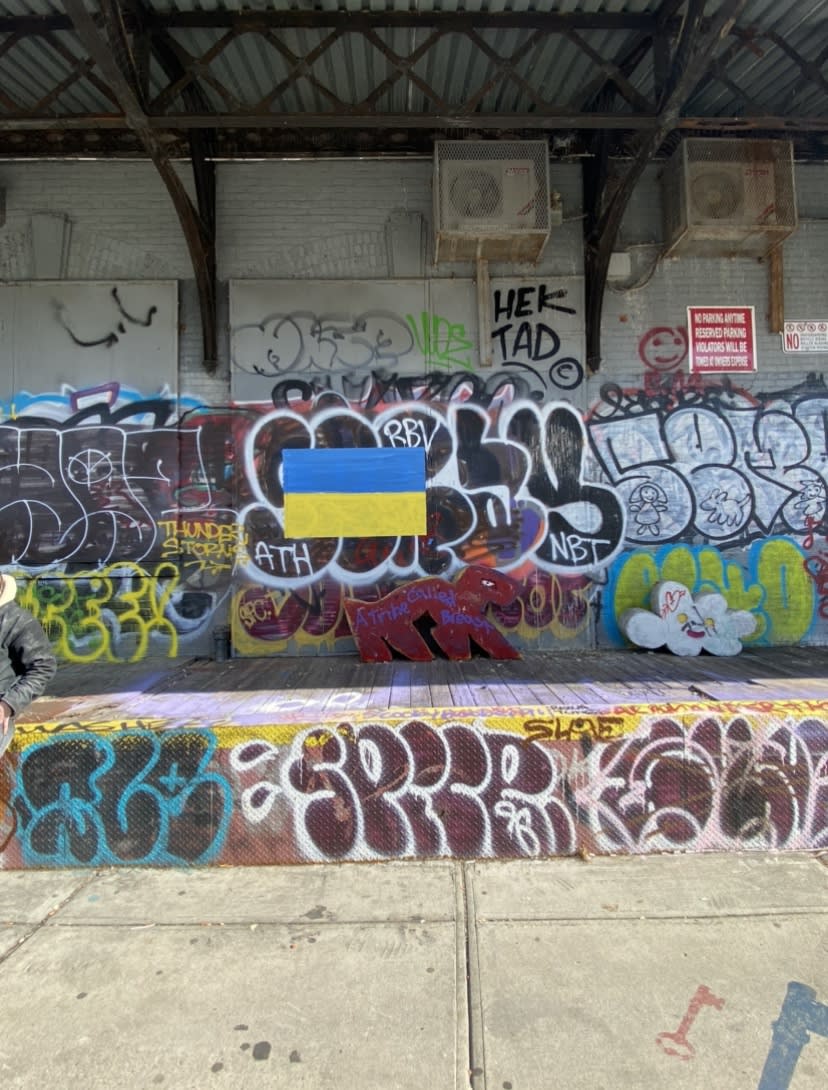LULU WHITE + JENNY LEE + RAE HICKS: MATERIAL IMAGES
Marvin Gardens is pleased to announce the opening of Material Images, a display of intimate sized works with subdued color palettes, each taking a turn into process whereby the material aspects of the artwork operate as the primary channel for their creation.
Lulu White’s papier mâché constructions are arrived at in a surprising circle of materiality. The end result is a painted relief with a light coating of shellac, almost giving the feel of a ceramic work. It seems appropriate then, that the beginning point of these works was a clay slab, out of which White carved and built the relief, before using the carving as a mold for the papier mâché. The imagery itself often draws on personal photographs of places from the artist’s life. These photos have visual uncertainties of their own; consider the way perspective is teased in Riverside, where a large artificial paper cup sits both in front of and at once integrated into the building behind it.
Jenny Lee’s small oil on burlap paintings lure one in with a first-take appearance of photo realism, but with a misty quality that upon closer inspection is due to the burlap acting as a foil to the clear image. Her unique method of using the heavily textured surface of the fabric combined with the changing focus of the human eye creates a type of soft physiological pixilation. These paintings seem to breathe as objects, before a second foil is discovered: the nature of the imagery itself, which comes from heavy research on the internet, a space commonly considered immaterial and impersonal. Lee rematerializes the images as stoic objects.
Rae Hicks’s oil on panel works are made with a thicker impasto surface, and display a straight-forward approach to one of oil’s properties: retaining body and brush marks. These paintings embody a tension in their physical architecture: the pictorial details are limited by the large size of the brushes used to make them. This forces the image-subject itself to become more symbolic and generic. These paintings reflexively comment on painting itself, equalizing historical tropes of landscape, built forms, or the sun, by positioning them in relation to each other. Hicks’ subtle use of color, along with abrupt strokes of shading, privilege the paint surface. What emerges is an insistence and attention for the details of the materiality of oil paint itself.

